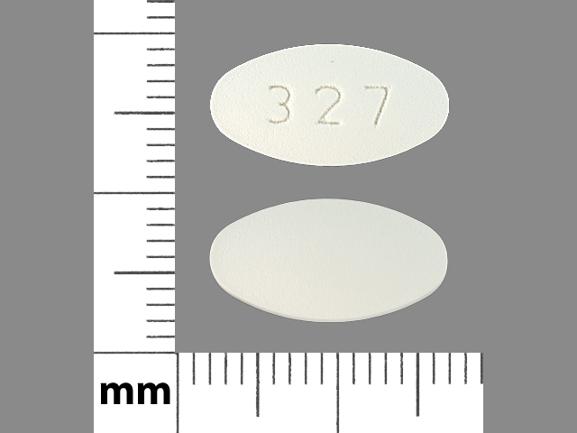Ticlopidine Disease Interactions
There are 5 disease interactions with ticlopidine.
Ticlopidine (applies to ticlopidine) bleeding risks
Major Potential Hazard, High plausibility. Applicable conditions: Coagulation Defect, Thrombocytopathy
The use of ticlopidine is contraindicated in patients with hemostatic disorders such as vascular defect or coagulation dysfunction or active pathological bleeding such as peptic ulcer disease or intracranial hemorrhage. Ticlopidine induces an irreversible inhibition of platelet aggregation resulting in a prolongation of bleeding time.
Ticlopidine (applies to ticlopidine) hepatic dysfunction
Major Potential Hazard, High plausibility. Applicable conditions: Liver Disease
The use of ticlopidine is contraindicated in patients with severe hepatic impairment. Ticlopidine is extensively metabolized to inactive forms by the liver. Therapy with ticlopidine should be administered cautiously in patients with mild to moderate hepatic impairment and dosage modifications should be considered. Clinical monitoring of hepatic function and bleeding activity is recommended.
Ticlopidine (applies to ticlopidine) myelosuppression
Major Potential Hazard, High plausibility. Applicable conditions: Neutropenia, Thrombocytopenia
The use of ticlopidine is contraindicated in patients with hematopoietic disorders such as neutropenia and/or thrombocytopenia or a past history of thrombotic thrombocytopenic purpura (TTP) or aplastic anemia. Ticlopidine can cause life-threatening hematological adverse reactions, including neutropenia/agranulocytosis, TTP and aplastic anemia. Clinical monitoring of hematopoietic function is required for all patients receiving ticlopidine, since severe hematopoietic disorders may develop suddenly, usually within the first 3 weeks to 3 months of therapy. CBCs (including differential and platelet count) should be performed prior to initiation of ticlopidine and every 2 weeks through the first 3 months or as often as necessary.
Ticlopidine (applies to ticlopidine) hyperlipidemia
Moderate Potential Hazard, Low plausibility.
Ticlopidine can induce increases in serum cholesterol and triglycerides. Serum total cholesterol levels have increased 8% to 10% in some patients within 1 month of initiation of ticlopidine therapy and have persisted at those levels. Clinical monitoring of lipid profiles is recommended during ticlopidine therapy in patients at risk for hyperlipidemia-associated adverse events.
Ticlopidine (applies to ticlopidine) renal dysfunction
Moderate Potential Hazard, Moderate plausibility.
Ticlopidine is primarily eliminated by the kidney, and there is limited experience in patients with renal impairment. Elevated serum concentration of ticlopidine and prolonged half-live have been noted in patients with mild and moderate renal impairment. Prolonged bleeding times have been reported in patients with moderate renal impairment. Therapy with ticlopidine should be administered cautiously in patients with compromised renal function and dosage modifications may be necessary.
Switch to professional interaction data
Ticlopidine drug interactions
There are 231 drug interactions with ticlopidine.
Ticlopidine alcohol/food interactions
There are 2 alcohol/food interactions with ticlopidine.
More about ticlopidine
- Check interactions
- Compare alternatives
- Drug images
- Side effects
- Dosage information
- During pregnancy
- Drug class: platelet aggregation inhibitors
Related treatment guides
Drug Interaction Classification
| Highly clinically significant. Avoid combinations; the risk of the interaction outweighs the benefit. | |
| Moderately clinically significant. Usually avoid combinations; use it only under special circumstances. | |
| Minimally clinically significant. Minimize risk; assess risk and consider an alternative drug, take steps to circumvent the interaction risk and/or institute a monitoring plan. | |
| No interaction information available. |
See also:
Further information
Always consult your healthcare provider to ensure the information displayed on this page applies to your personal circumstances.


